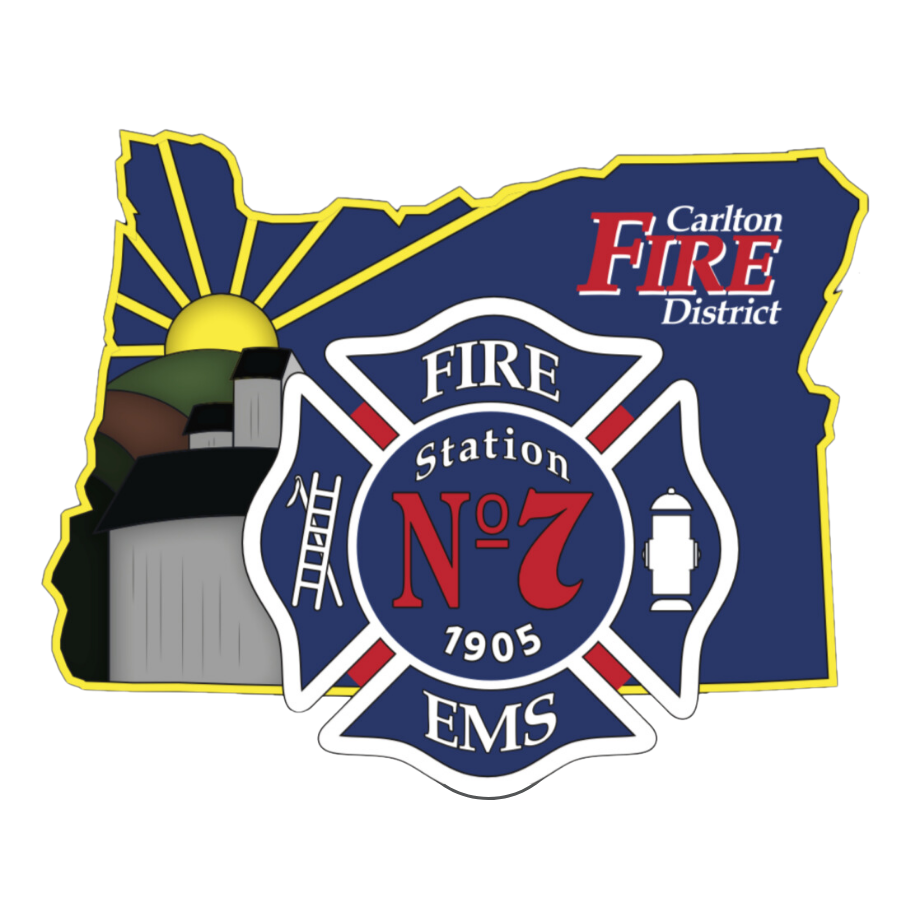The Difference Between a Fire Department and a Fire District
Why do Districts Exist?
There are several factors that will influence the development of a fire district. However, the main driving factor is bringing smaller communities and unincorporated areas together under one fire service provider. This helps to provide better service to the area while reducing redundancy in fire service and associated costs.

The next question you might ask is how can there be redundancies in fire protection coverage? Every community needs fire protection, right? This is true, however, often times small neighboring communities will have stations very close together due to their size and each community will have several types of fire apparatus. This close proximity and large number of apparatus causes an overlap in coverage based on time and distance. Station staffing and apparatus are a big cost to each community. Having the ability to share resources while providing better area coverage makes a district more effective.
An example is in Northern Colorado. Mountain View Fire Protection District which covers over 2 hundred square miles and 4 communities. Mountain View covers the communities, of Dacono, Erie, Mead, Niwot, and a large area of unincorporated land with 6 stations. This helps to provide better service to smaller communities that simply do not have the tax base to support a full-time career fire department. It also provides service to unincorporated county areas that do not have structured government oversight and budgets like a typical city of township would.
Are Districts Structured Different from Departments?
The structure is similar to a city department. However, due to the need to cover large rural areas that have little or no fire hydrants you will find different apparatus including water tenders and smaller fire trucks called brush trucks which can respond more effectively and efficiently to grass and wildland fires.
One of the major difference's is how they are governed and funded. A city fire department is governed by the city manager and city council. The fire department is funded by the same revenue source that the entire city is funded by. These funds are shared by all departments within the city.
A fire district is governed by a fire board. This board is typically 5 to 7 people. The people on the fire board are usually a representative from each community within the district. A fire district is typically funded by property taxes from the communities within their response area.
Fire districts often have more flexibility in managing their budge, their budget is also often much more predictable and stable. Property taxes typically do not see big increases and decrease over time. A city budget, however, can have large swings in budget, both from predicted and unpredicted economic impacts. This can, at times, have a big impact on a fire department operating budget.

